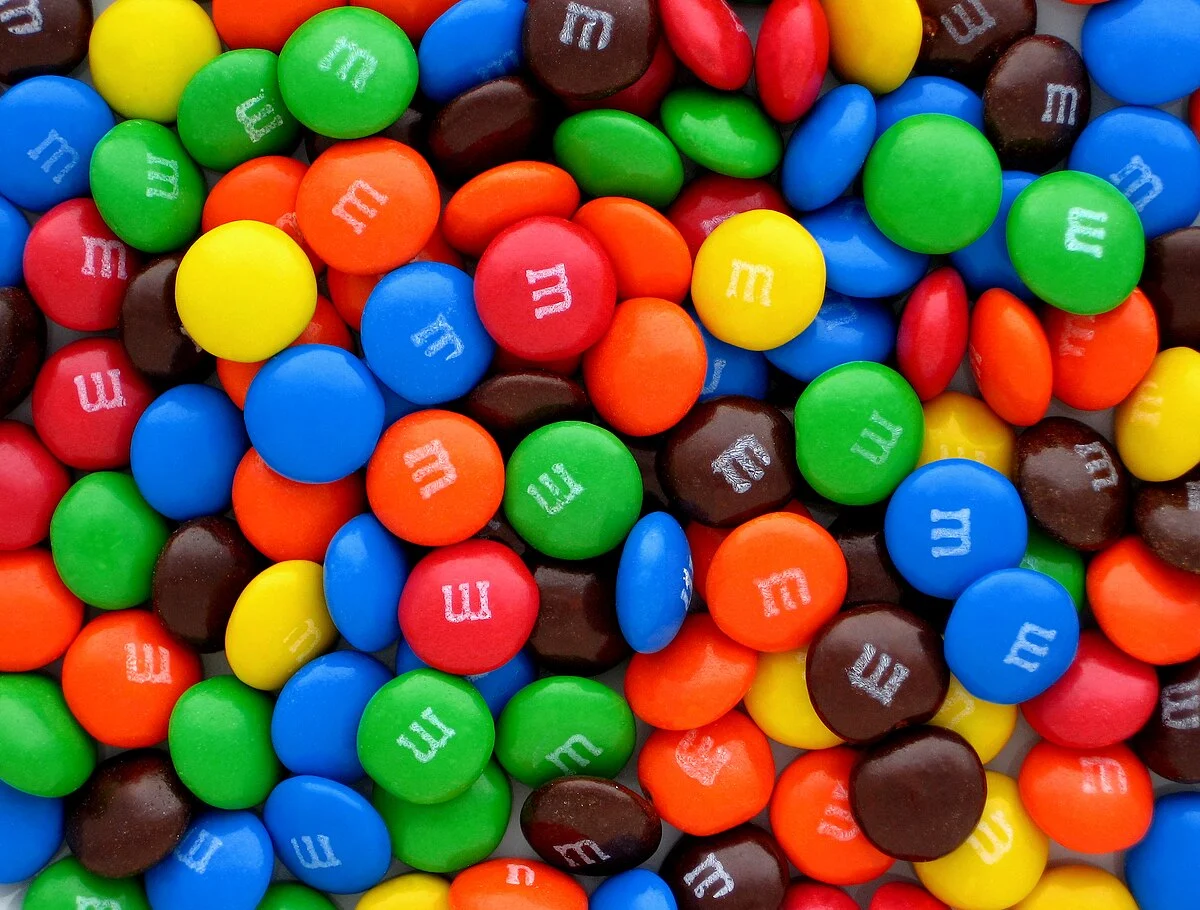An analysis of popular candies like M&Ms reveals a complex global supply chain with a significant, often overlooked, environmental and social price tag, prompting calls for industry-wide accountability.

October 8, 2025

Source:
Wikipedia, the free encyclopedia
A Candy's Complex Global Recipe
Ultra-processed foods, a staple in many modern diets, carry a complex and often hidden environmental footprint. Using the popular M&M as an example, the journey from raw material to finished candy is a globe-spanning operation with significant consequences.
More Than Just Chocolate
A single bag of M&M's contains 34 listed ingredients. This list is a combination of recognizable food items and highly-processed additives. While consumers might expect sugar and cocoa, the list also includes:
Emulsifiers: Soya lecithin is used to ensure a smooth texture.
Stabilizers: Gum arabic and dextrin provide structure and consistency.
Glazes: Carnauba wax, derived from a Brazilian palm tree, gives the candy its signature shine.
Colors: Synthetic dyes, many of which are derived from petroleum, create the vibrant shells. For example, the yellow color comes from E100, also known as curcumin. For more information on such additives, see the World Health Organization's page on food additives.
A Global Journey
The production of these ingredients involves a supply chain stretching across at least 30 countries. Raw materials are sourced globally—cocoa from the Ivory Coast, dairy from New Zealand, and sugar from various nations—before being shipped to processing facilities for transformation. Each step of this intricate network contributes to the product's final environmental cost.
Keep up with the story. Subscribe to the PR+ free daily newsletter

Source:
eBay
The Environmental Price Tag
The true cost of producing a simple candy is not reflected on its price tag. The environmental and social impacts are distributed across its vast supply chain, leading to calls for greater industry accountability.
Carbon Footprint Across Continents
Every ingredient undergoes extraction, processing, and transportation, all of which generate carbon emissions. The journey of cocoa beans, the refining of sugar, and the chemical synthesis of food dyes contribute to a significant carbon footprint. This model of production externalizes environmental costs, meaning the public and the planet bear the burden. According to the Our World in Data project, food systems are responsible for a large portion of global greenhouse gas emissions.
Deforestation and Labor Concerns
Specific ingredients raise sharp ethical questions. The sourcing of cocoa from West Africa, which supplies a majority of the world's chocolate, is heavily linked to deforestation and exploitative labor practices. Environmental groups and news outlets have documented these issues extensively. This hidden toll on ecosystems and communities has led to demands that ‘the whole industry should pay’ for the damage it causes, rather than hiding it within opaque supply chains.
Read More

Source:
Round Eye Supply
Share this news:




















